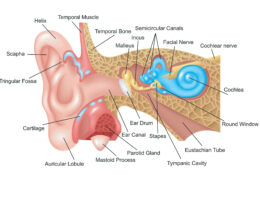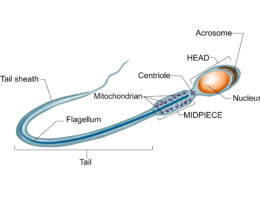The spine, also known as the vertebral column, is the central supporting structure of the human body. It is made up of a series of bones, or vertebrae, that protect the spinal cord and support the weight of the body. Here is a brief description of the labeled parts of the spine:
- Cervical vertebrae: The first seven vertebrae in the neck region of the spine.
- Thoracic vertebrae: The next twelve vertebrae in the chest region of the spine.
- Lumbar vertebrae: The next five vertebrae in the lower back region of the spine.
- Sacrum: The bone at the base of the spine that connects to the pelvic bones.
- Coccyx: The small bone at the bottom of the spine that is often referred to as the tailbone.
- Intervertebral discs: The soft, gel-like pads that sit between each vertebra and act as shock absorbers.
- Spinal cord: The long, thin bundle of nerves that runs through the center of the spine and carries messages between the brain and the rest of the body.
- Spinous process: The bony projection on the back of each vertebra that can be felt along the midline of the back.
- Transverse process: The bony projection on either side of each vertebra that provides attachment points for muscles and ligaments.
- Vertebral arch: The bony ring that surrounds the spinal cord and forms the back of each vertebra.
- Vertebral body: The solid, cylindrical portion of each vertebra that provides support and stability.
These are the main labeled parts of the spine. The spine is a complex and essential structure that provides support for the body and protects the delicate spinal cord.








